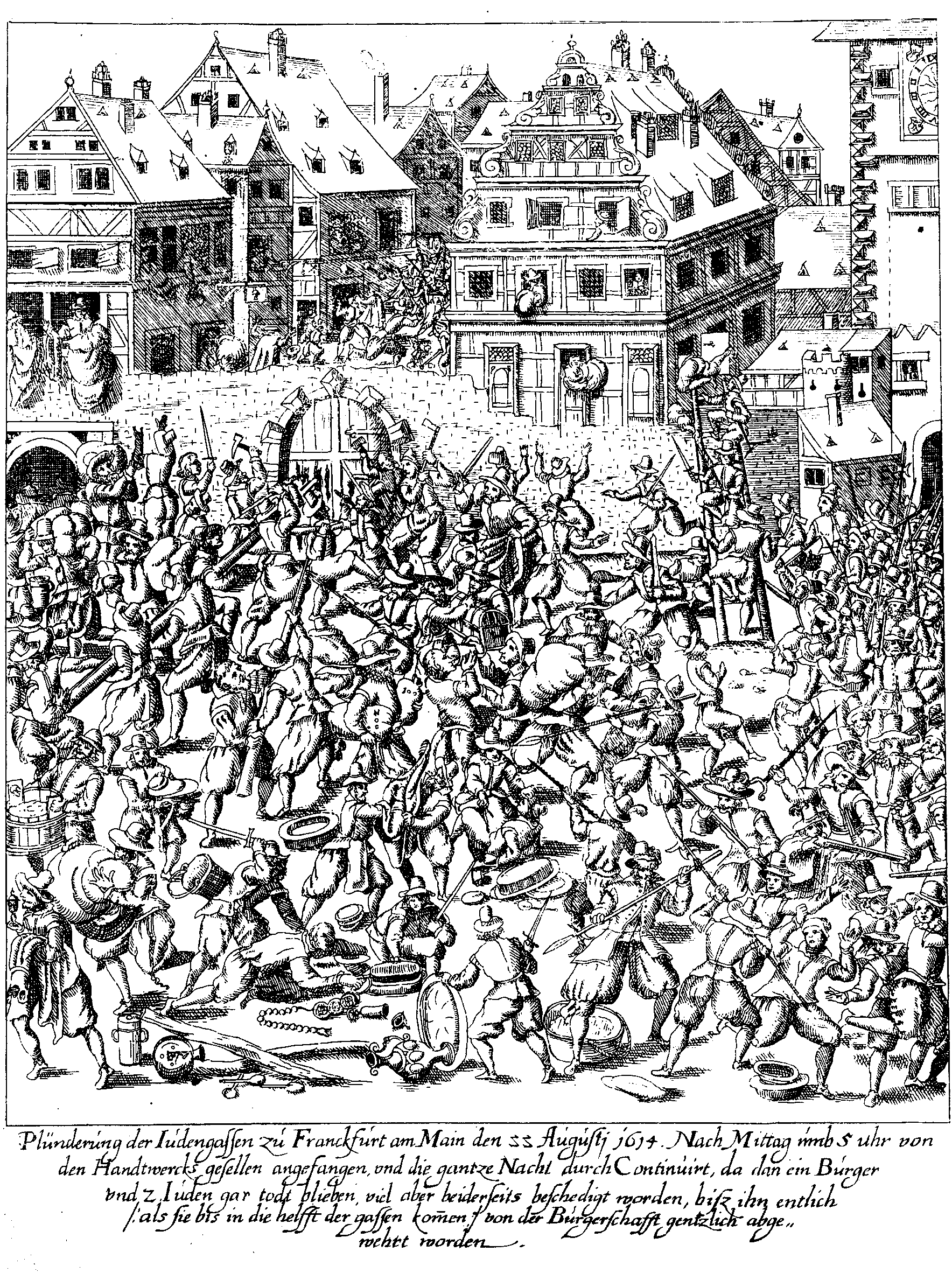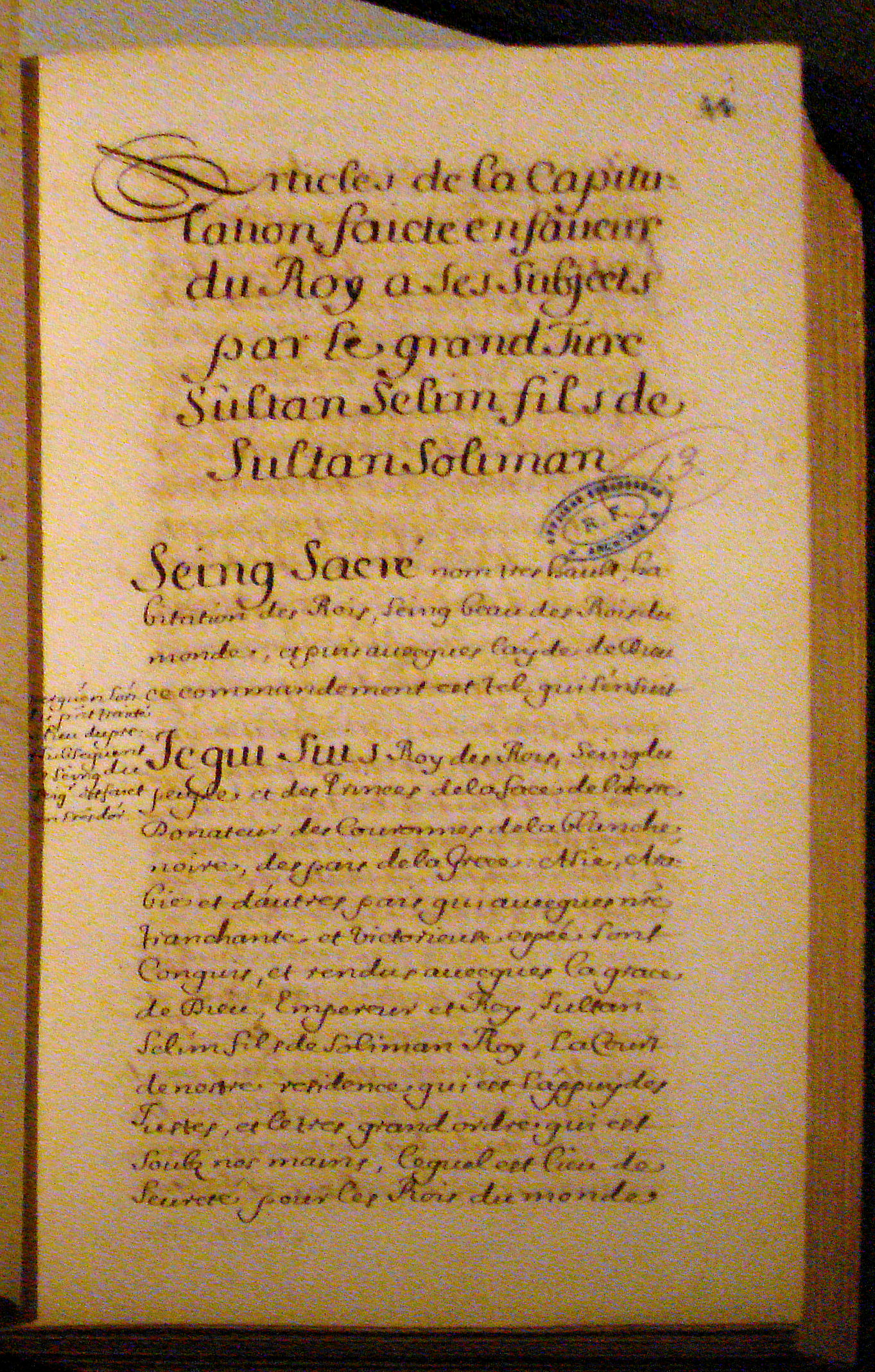|
Christianity In Saudi Arabia
Accurate religious demographics are difficult to obtain in Saudi Arabia, but there were approximately 2.1 million Christians in Saudi Arabia in 2020. Early history Christians had formed churches in Arabia prior to the time of Muhammad in the 7th century. Ancient Arab traders had traveled to Jerusalem for trade purposes and heard the gospel from Saint Peter ( Acts 2:11) and Paul the Apostle spent several years in Arabia ( Galatians 1:17), later further strengthened by the ministry of Saint Thomas who went to Arabia, Mesopotamia, Persia and later to the Indian subcontinent. One of the earliest church buildings ever, known as Jubail Church, is located in Saudi Arabia; it was built around the 4th century. Some parts of modern Saudi Arabia (such as Najran) were predominantly Christian until the 7th to 10th century, when most Christians were expelled or converted to Islam or left the region via the Sea route to Asia, with which merchant trade already existed, others migrated nor ... [...More Info...] [...Related Items...] OR: [Wikipedia] [Google] [Baidu] |
Saudi Arabia
Saudi Arabia, officially the Kingdom of Saudi Arabia (KSA), is a country in West Asia. Located in the centre of the Middle East, it covers the bulk of the Arabian Peninsula and has a land area of about , making it the List of Asian countries by area, fifth-largest country in Asia, the largest in the Middle East, and the List of countries and dependencies by area, 12th-largest in the world. It is bordered by the Red Sea to the west; Jordan, Iraq, and Kuwait to the north; the Persian Gulf, Bahrain, Qatar and the United Arab Emirates to the east; Oman to the southeast; and Yemen to Saudi Arabia–Yemen border, the south. The Gulf of Aqaba in the northwest separates Saudi Arabia from Egypt and Israel. Saudi Arabia is the only country with a coastline along both the Red Sea and the Persian Gulf, and most of Geography of Saudi Arabia, its terrain consists of Arabian Desert, arid desert, lowland, steppe, and List of mountains in Saudi Arabia, mountains. The capital and List of cities ... [...More Info...] [...Related Items...] OR: [Wikipedia] [Google] [Baidu] |
Himyar
Himyar was a polity in the southern highlands of Yemen, as well as the name of the region which it claimed. Until 110 BCE, it was integrated into the Qatabanian kingdom, afterwards being recognized as an independent kingdom. According to classical sources, their capital was the ancient city of Zafar, relatively near the modern-day city of Sana'a. Himyarite power eventually shifted to Sana'a as the population increased in the fifth century. After the establishment of their kingdom, it was ruled by kings from dhū-Raydān tribe. The kingdom was named Raydān.Jérémie Schiettecatte. Himyar. Roger S. Bagnall; Kai Brodersen; Craige B. Champion; Andrew Erskine; Sabine R. Huebner. ''The Encyclopedia of Ancient History'', John Wiley & Sons, 2017, 9781444338386.ff10.1002/9781444338386.wbeah30219ff. ffhalshs-01585072ff The kingdom conquered neighbouring Saba' in c. 25 BCE (for the first time), Qataban in c. 200 CE, and Haḍramaut c. 300 CE. Its political fortunes relative to Saba' ... [...More Info...] [...Related Items...] OR: [Wikipedia] [Google] [Baidu] |
Pogrom
A pogrom is a violent riot incited with the aim of Massacre, massacring or expelling an ethnic or religious group, particularly Jews. The term entered the English language from Russian to describe late 19th- and early 20th-century Anti-Jewish pogroms in the Russian Empire, attacks on Jews in the Russian Empire (mostly within the Pale of Settlement). Retrospectively, similar attacks against Jews which occurred in other times and places were renamed pogroms. Sometimes the word is used to describe publicly sanctioned purgative attacks against non-Jewish groups. The characteristics of a pogrom vary widely, depending on the specific incident, at times leading to, or culminating in, massacres. Significant pogroms in the Russian Empire included the Odessa pogroms, Warsaw pogrom (1881), Kishinev pogrom (1903), Kiev pogrom (1905), and Białystok pogrom (1906). After the collapse of the Russian Empire in 1917, several pogroms occurred amidst the power struggles in Eastern Europe, inclu ... [...More Info...] [...Related Items...] OR: [Wikipedia] [Google] [Baidu] |
International Christian Concern
International Christian Concern (ICC) is an ecumenical, non-governmental, non-partisan Christian organization, located in Washington, DC, whose concern is the human rights of Christians and religious minorities. Its mission is to help religious minorities from all forms of persecution through assistance, advocacy, and awareness. History ICC was founded in 1995 by Steve Snyder, former president of the USA Division of Christian Solidarity International to assist persecuted Christians from all denominations who affirm the Apostles' Creed The Apostles' Creed (Latin: ''Symbolum Apostolorum'' or ''Symbolum Apostolicum''), sometimes titled the Apostolic Creed or the Symbol of the Apostles, is a Christian creed or "symbol of faith". "Its title is first found c.390 (Ep. 42.5 of Ambro ..., inclusive of Catholic, Orthodox, and Protestant Christians. In 2002, Snyder was succeeded as ICC President by Jeff King, who had served 11 years with Campus Crusade for Christ. The organization has ... [...More Info...] [...Related Items...] OR: [Wikipedia] [Google] [Baidu] |
Taranaki Herald
The ''Taranaki Herald'' was an afternoon daily newspaper, published in New Plymouth, New Zealand. It began publishing as a four-page tabloid on 4 August 1852. It was the first newspaper published in Taranaki and it became the country's oldest daily newspaper when the ''Lyttelton Times'' closed in 1935. The ''Taranaki Herald'' ceased publication in 1989. History The newspaper was founded by William Collins and Garland William Woon, who hired William Morgan Crompton as its first editor. It began as a weekly paper, moved to twice-weekly publication in 1867 and began appearing daily in 1877. Crompton was replaced as editor in 1854 by Richard Pheney, who quit in November 1856 when he opposed the newspaper owner's support for George Cutfield over Charles Brown as Taranaki Superintendent. In May 1857 Pheney was appointed as the first editor of a rival newspaper, the '' Taranaki News'', which changed its name to the ''Taranaki Daily News'' when it began daily publication three years ... [...More Info...] [...Related Items...] OR: [Wikipedia] [Google] [Baidu] |
Capitulations Of The Ottoman Empire
Capitulations of the Ottoman Empire were contracts between the Ottoman Empire and several other Christian powers, particularly France. Turkish capitulations, or Ahidnâmes were generally bilateral acts whereby definite arrangements were entered into by each contracting party towards the other, not mere concessions. The Turkish capitulations were grants made by successive sultans to Christian nations, conferring rights and privileges in favour of their subjects resident or trading in the Ottoman dominions, following the policy towards European states of the Byzantine Empire. According to these capitulations traders entering the Ottoman Empire were exempt from local prosecution, local taxation, local conscription, and the searching of their domicile. The capitulations were initially made during the Ottoman Empire's military dominance, to entice and encourage commercial exchange with Western merchants. However, after military dominance shifted to Europe, significant economic ... [...More Info...] [...Related Items...] OR: [Wikipedia] [Google] [Baidu] |
Hadhrami People
The Hadharem (; singular: Hadhrami, ) are an Arabs, Arabic-speaking ethnographic group indigenous to the Hadhramaut region in the Arabian Peninsula, which is part of modern-day Yemen. The spoken language of the Hadharem is Hadhrami Arabic. Among the two million inhabitants of Hadhramaut, there are about 1,300 distinct tribes. Society Hadhramaut was under Muslim rule and converted to the faith during the time of Muhammad, Prophet Muhammad. A religious leader from Iraq introduced the Hadharem to Ibadi Islam in the mid-eighth century until in 951 AD when Sunnis took Hadhramaut and put it under their domain. To this day the Hadharem follow Sunni Islam, specifically the Shafi'i school. Hadharem women have had more freedom and education than women in many other Arab countries. Social hierarchy Language The Hadharem speak Hadhrami Arabic, a dialect of Varieties of Arabic, Arabic, although Hadharem living in the diaspora that have acculturated mainly speak the local language of ... [...More Info...] [...Related Items...] OR: [Wikipedia] [Google] [Baidu] |
Ottoman Empire
The Ottoman Empire (), also called the Turkish Empire, was an empire, imperial realm that controlled much of Southeast Europe, West Asia, and North Africa from the 14th to early 20th centuries; it also controlled parts of southeastern Central Europe, between the early 16th and early 18th centuries. The empire emerged from a Anatolian beyliks, ''beylik'', or principality, founded in northwestern Anatolia in by the Turkoman (ethnonym), Turkoman tribal leader Osman I. His successors Ottoman wars in Europe, conquered much of Anatolia and expanded into the Balkans by the mid-14th century, transforming their petty kingdom into a transcontinental empire. The Ottomans ended the Byzantine Empire with the Fall of Constantinople, conquest of Constantinople in 1453 by Mehmed II. With its capital at History of Istanbul#Ottoman Empire, Constantinople (modern-day Istanbul) and control over a significant portion of the Mediterranean Basin, the Ottoman Empire was at the centre of interacti ... [...More Info...] [...Related Items...] OR: [Wikipedia] [Google] [Baidu] |
Jeddah
Jeddah ( ), alternatively transliterated as Jedda, Jiddah or Jidda ( ; , ), is a List of governorates of Saudi Arabia, governorate and the largest city in Mecca Province, Saudi Arabia, and the country's second largest city after Riyadh, located along the Red Sea coast in the Hejaz region. Jeddah is the commercial center of the country. It is not known when Jeddah was founded, but Jeddah's prominence grew in 647 when the Caliphate, Caliph Uthman made it a travel hub serving Muslims, Muslim travelers going to the holy city of Mecca for Islamic pilgrimage. Since those times, Jeddah has served as the gateway for millions of pilgrims who have arrived in Saudi Arabia, traditionally by sea and recently King Abdulaziz International Airport, by air. With a population of about 3,751,722 people as of 2022, Jeddah is the largest city in Mecca Province, the largest city in Hejaz, the List of cities in Saudi Arabia by population, second-largest city in Saudi Arabia (after the capital Riyadh), ... [...More Info...] [...Related Items...] OR: [Wikipedia] [Google] [Baidu] |
Zafar, Yemen
Ẓafār (), also Romanized Dhafar or Dhofar, is an ancient Himyarite site situated in Yemen, some 130 km south-south-east of today's capital, Sana'a, and c. south-east of Yarim. Given mention in several ancient texts, there is little doubt about the pronunciation of the name. This site in Yemen is far older than its namesake in Oman. It lies in the Yemeni highlands at some 2800 m. Zafar was the capital of the Himyarites (110 BCE – 525 CE), which at its peak ruled most of the Arabian Peninsula. For 250 years the tribal confederacy and allies' combined territory extended past Riyadh to the north and the Euphrates to the north-east. History From an archaeological perspective, the settlement's beginnings are little known. The main sources consist of Old South Arabian Musnad inscriptions dated as early as the 1st century BCE. It is mentioned by Pliny in his Natural History, in the anonymous Periplus of the Erythraean Sea (both 1st century CE) as well as in the Geographia ... [...More Info...] [...Related Items...] OR: [Wikipedia] [Google] [Baidu] |
Habesha Peoples
Habesha peoples (; ; ; commonly used exonym: Abyssinians) is an ethnic or pan-ethnic identifier that has historically been applied to Semitic-speaking, predominantly Oriental Orthodox Christian peoples native to the highlands of Ethiopia and Eritrea between Asmara and Addis Ababa (i.e. the modern-day Amhara, Tigrayan, Tigrinya peoples) and this usage remains common today. The term is also used in varying degrees of inclusion and exclusion of other groups. Etymology The oldest reference to Habesha was in second or third century Sabaean engravings as or recounting the South Arabian involvement of the ''nəgus'' ("king") GDRT of ḤBŠT. The term appears to refer to a group of peoples, rather than a specific ethnicity. Another Sabaean inscription describes an alliance between Shamir Yuhahmid of the Himyarite Kingdom and King `DBH of ḤBŠT in the first quarter of the third century. However, South Arabian expert Eduard Glaser claimed that the Egyptian hieroglyphic ''� ... [...More Info...] [...Related Items...] OR: [Wikipedia] [Google] [Baidu] |








